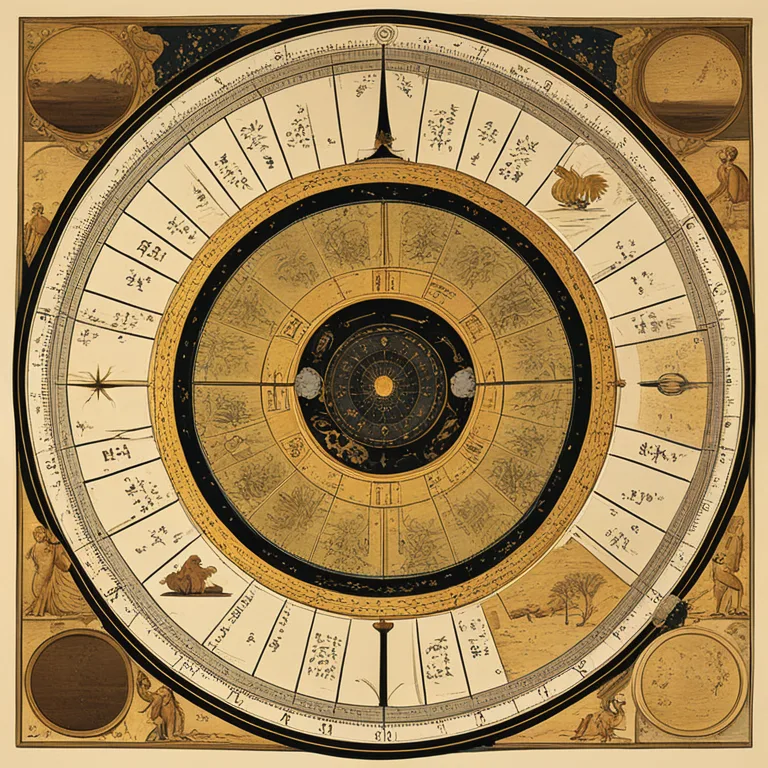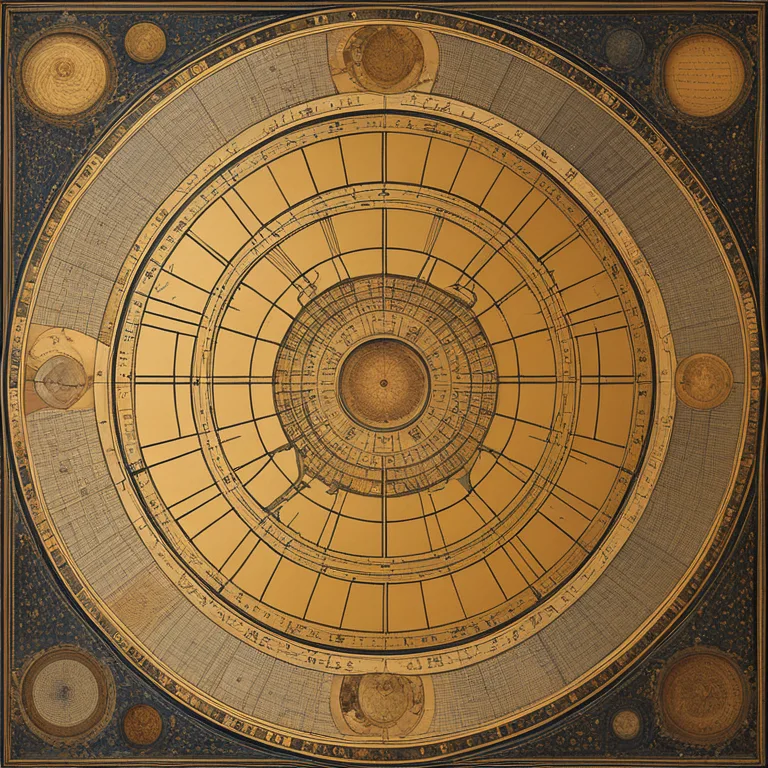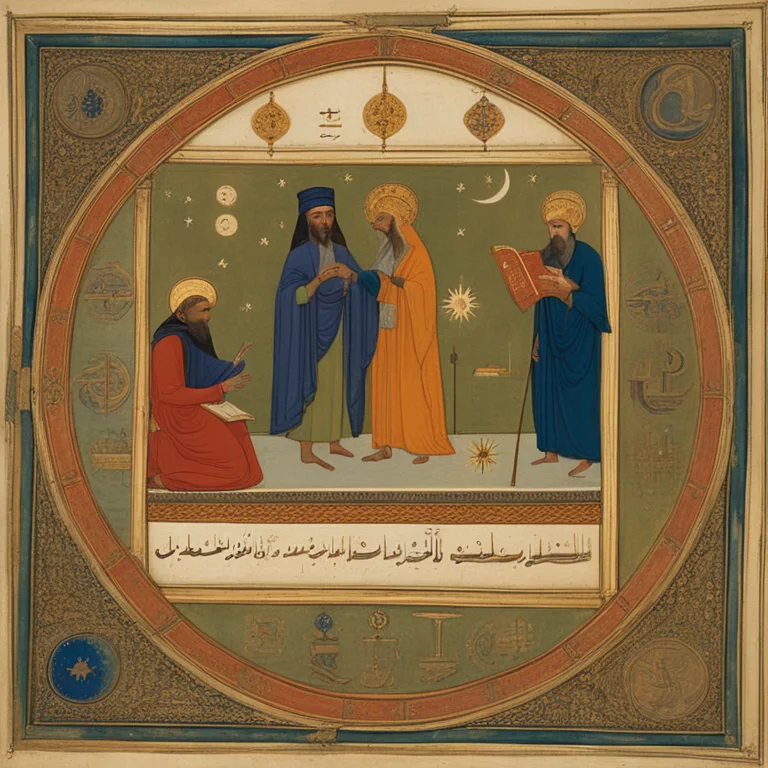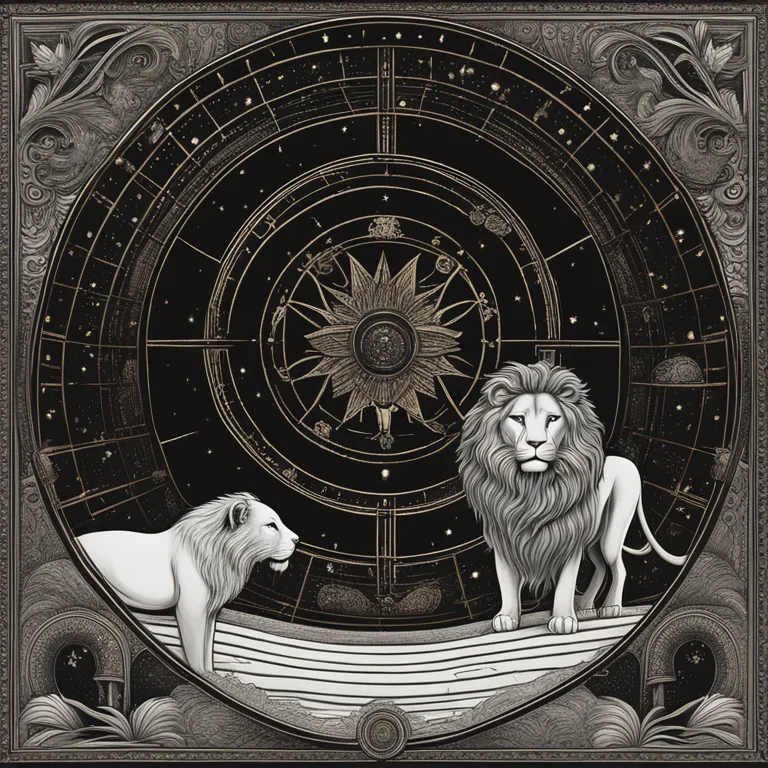
The Origins of Zodiac Signs: An Astral Heritage
Discover the ancient roots and celestial connections behind the astrological zodiac signs that continue to influence our lives and personalities today.
article by Priya Deshmukh
A Celestial Blueprint
Astrology is an ancient practice, one that has intrigued human societies for millennia. Its central elements, the zodiac signs, are believed to influence our personalities and destinies. These signs emerged from patterns observed in the night sky, configurations of stars known as constellations. It was the Babylonians, around the mid-second millennium BCE, who first categorized these star groups into what we now recognize as the zodiac. Their astronomical observations were meticulous, resulting in a celestial map that divided the sky into twelve sections, giving birth to the astrological signs.

From Observation to Symbolism
The Babylonians' work was later adopted and modified by the Greeks, who infused the constellations with their own mythology. This transition marked the point where the constellations began to acquire their symbolic meanings. Each zodiac sign, corresponding to a specific time of year, is linked to myths and characteristics that reflect their namesake constellations. For example, the bravery of a lion is attributed to Leo, while the analytical mind of the virgin is attributed to Virgo. The zodiac became a cosmic guide, offering insights into individual temperament and the unfolding of life events.

The Hellenistic Legacy
The Hellenistic period was a turning point for astrology. With the conquests of Alexander the Great, the astrological tradition spread across the Mediterranean and the Near East. Astrology's practice became more sophisticated with the introduction of the horoscope, a personalized astrological chart based on the exact time and location of an individual's birth. Hellenistic astrology is responsible for much of the theoretical framework that modern astrology operates within, including the system of planetary rulership associated with each zodiac sign.

Signs Through the Middle Ages
Despite fluctuations in popularity and acceptance, astrology persisted through the Middle Ages. Arab scholars preserved and expanded upon Hellenistic astrological texts, adding their observations and calculations. These texts eventually made their way back to Europe, where Renaissance scholars eagerly embraced and further developed astrological knowledge. It's during these times that astrology became more widely available to the masses, no longer the esoteric domain of the elite.

Modern Perspectives
The zodiac signs as we know them today are recognized by Western tropical astrology and are based on the seasons rather than constellations—a method standardized in the 2nd century by Ptolemy. Despite their ancient origins, zodiac signs have endured through the ages and continue to offer a framework for self-exploration and prognostication. As we look ahead into 2024 and beyond, astrological forecasts still serve as a tool for those seeking guidance, with each sign bringing a unique set of predictions and insights according to the movement of the stars and planets.
Published: 12/29/2023
Modified: 12/29/2023
More predictions
Come back here soon to learn more about yourself and your future


Unlocking The Impact of Astrological Transits
Gain insights into the dynamic realm of astrological transits and how they influence personal horoscopes and life events.


The Influence of Birth Date on Your Astrological Profile
Discover how your birth date shapes your astrological sign, personality traits, and cosmic destiny in the astrological realm.


The Cosmic Dance of Astrology in Love
Discover how astrology influences romantic relationships, and what the stars say about love compatibility in the modern era.